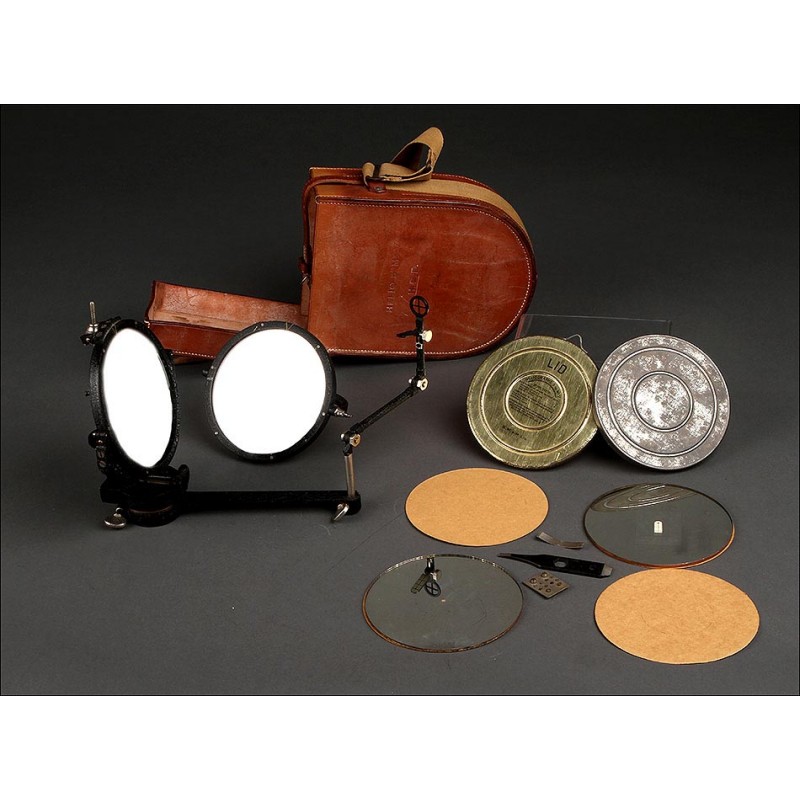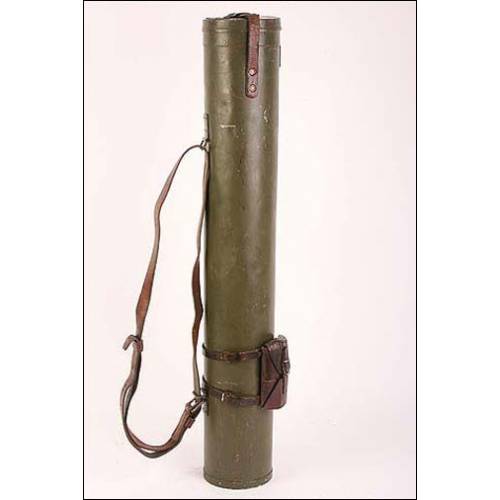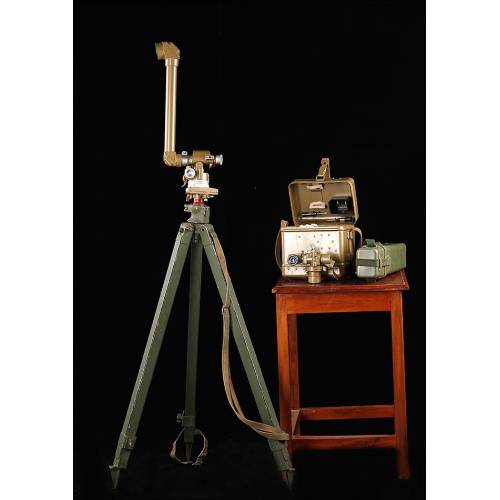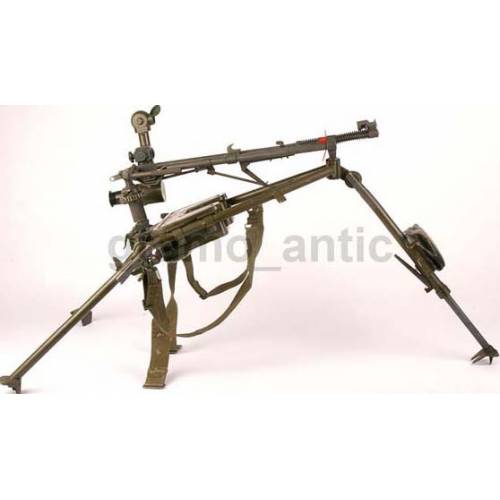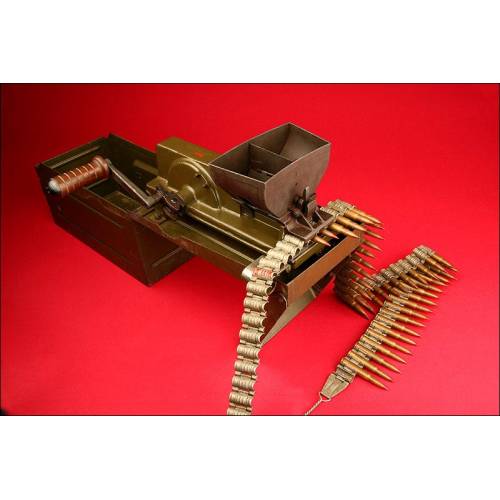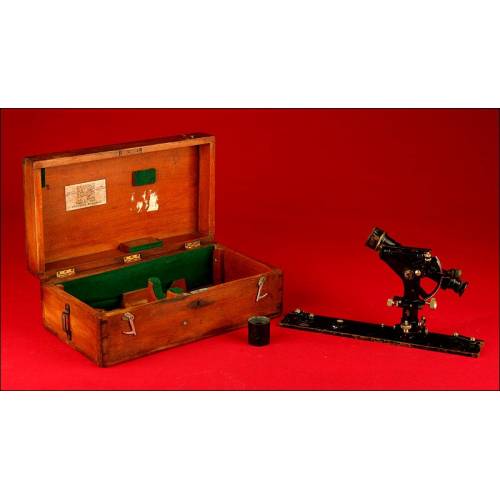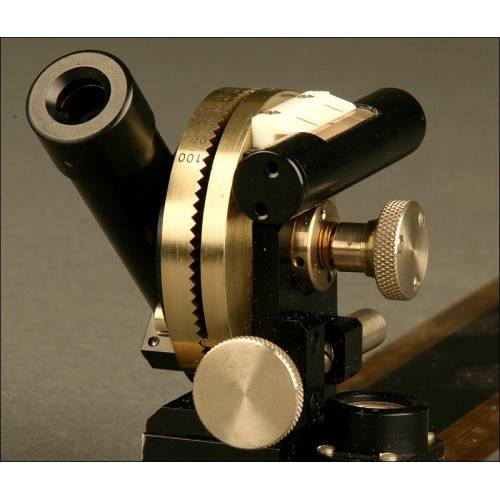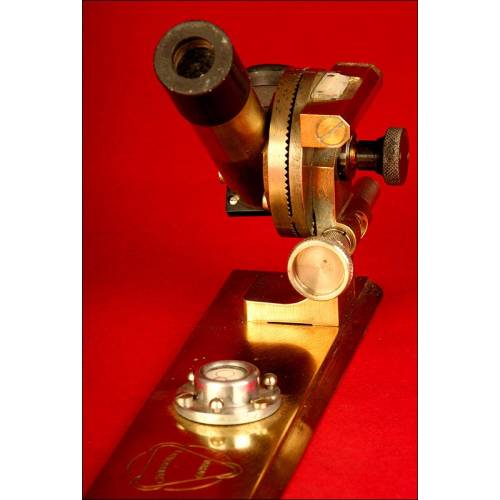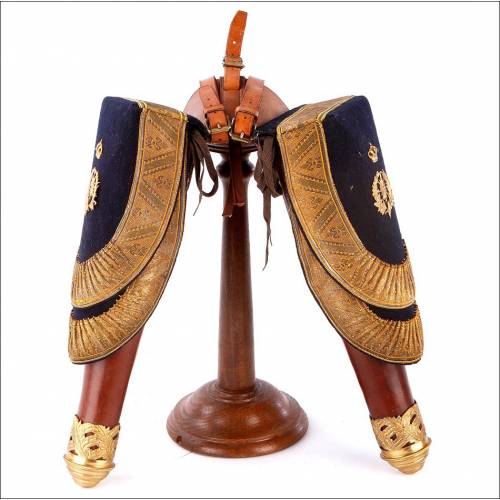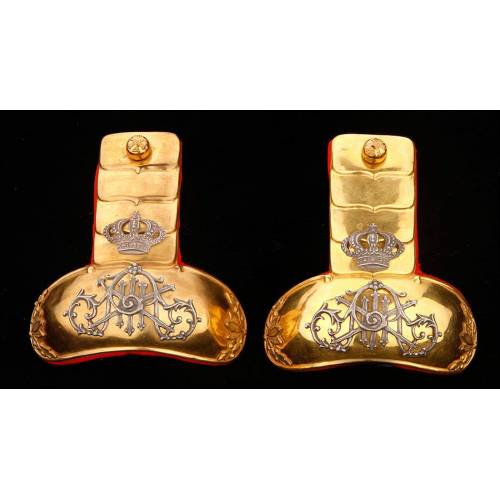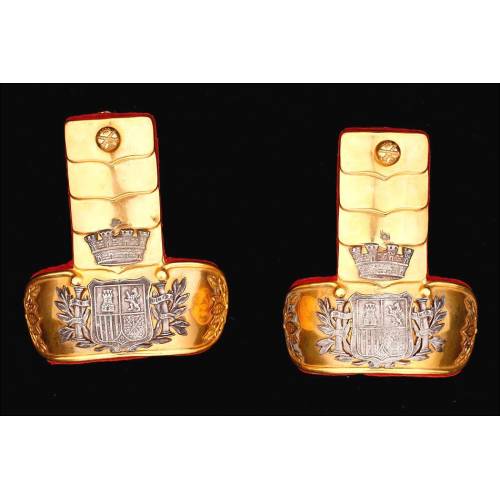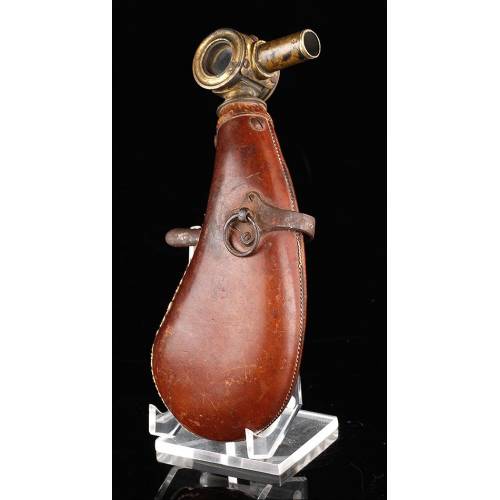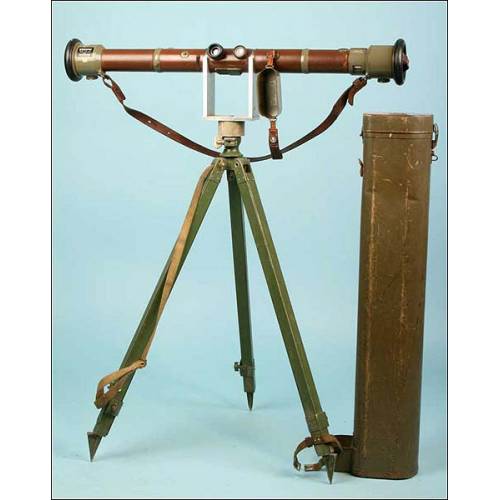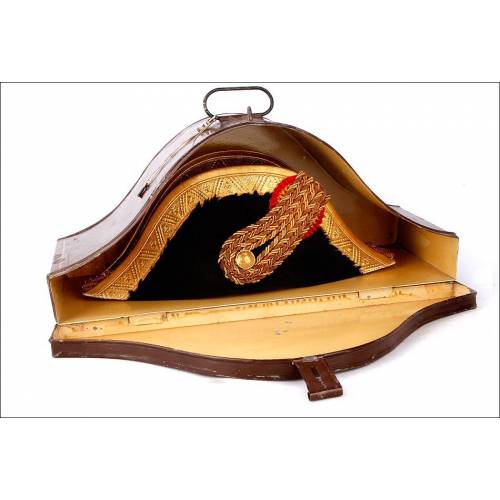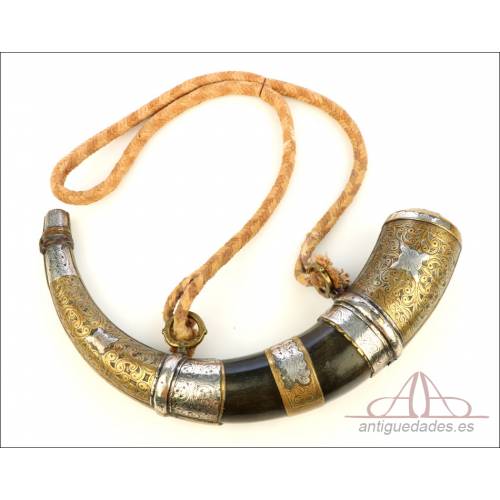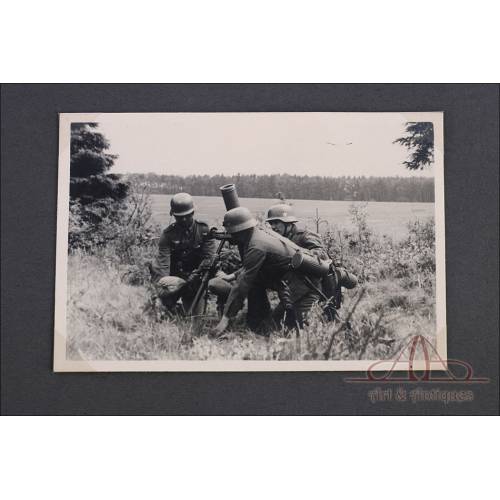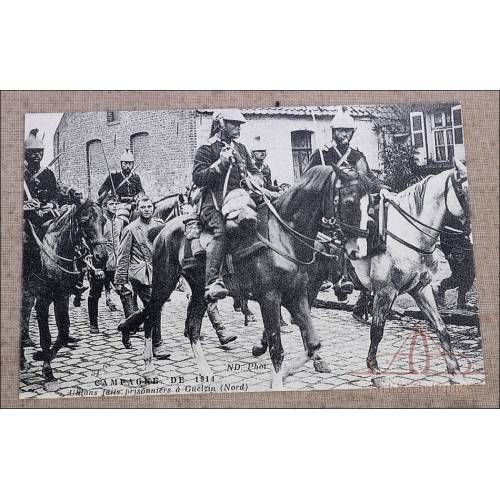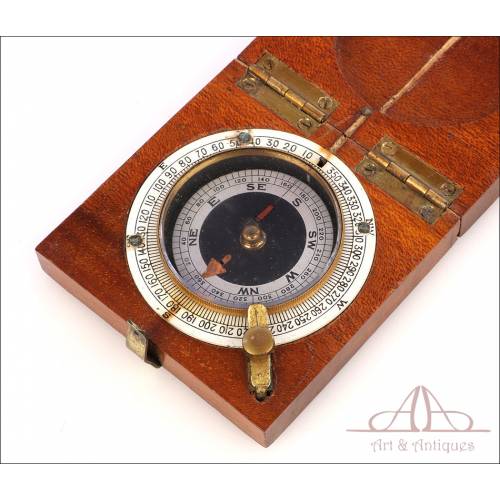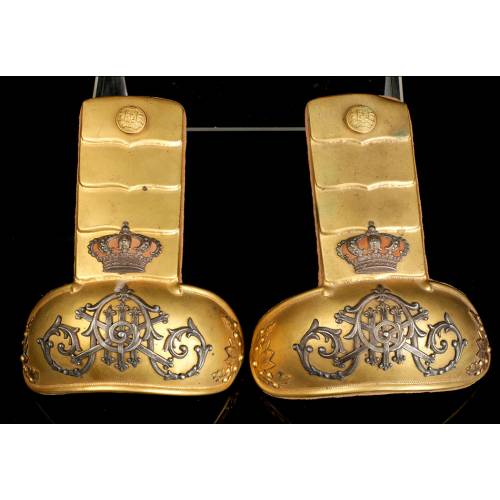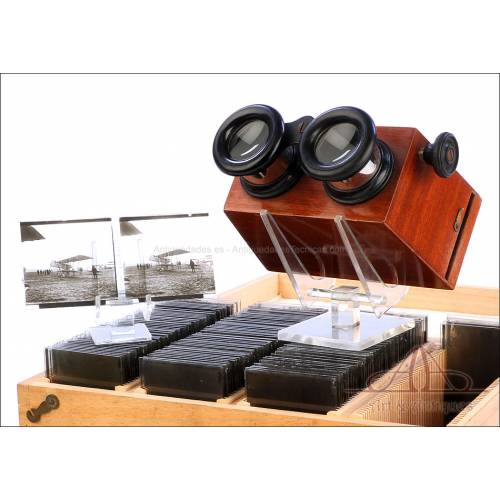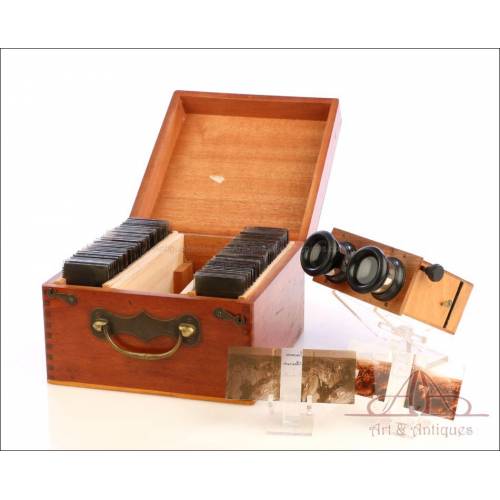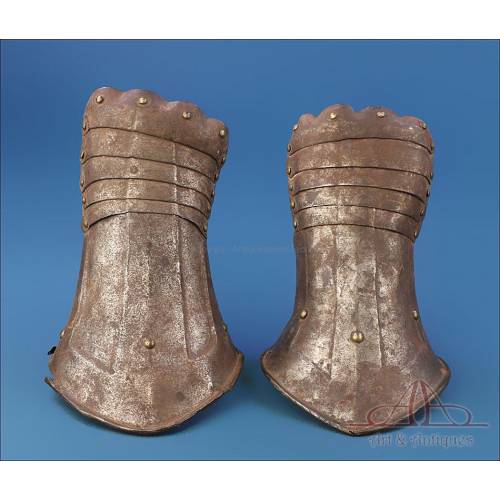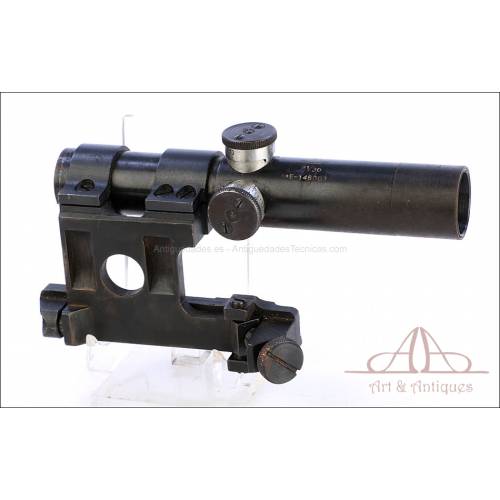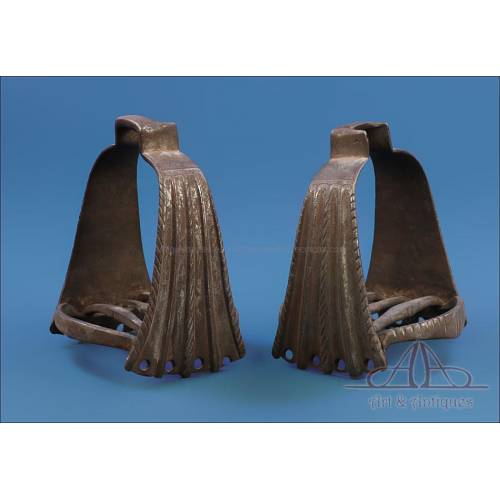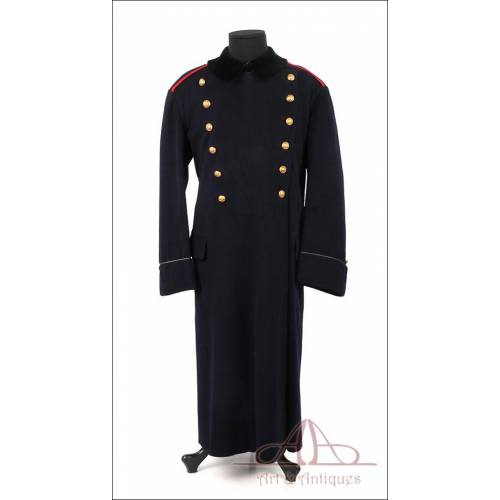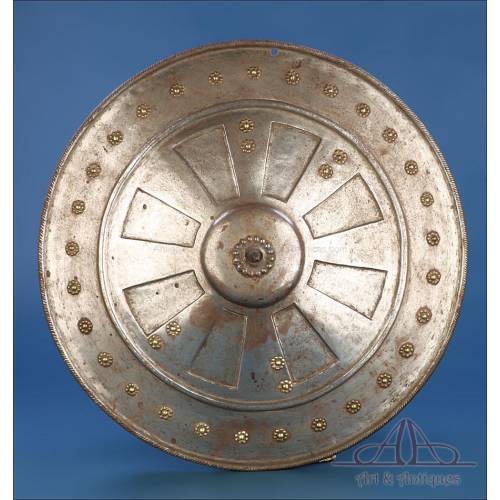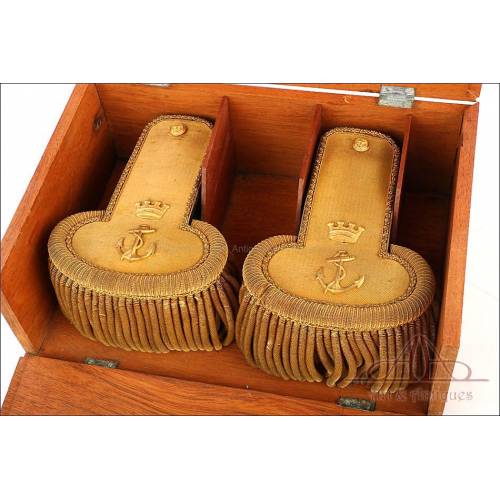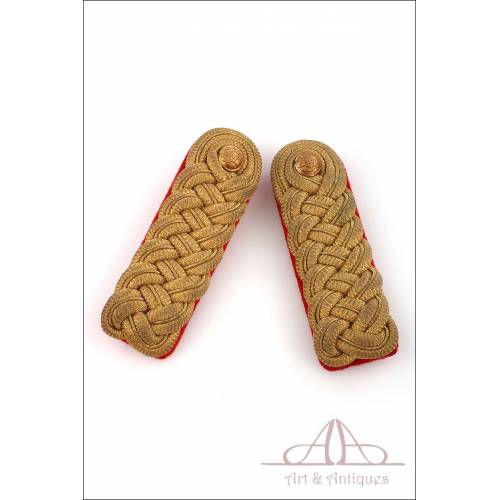531
Mark V Signal Heliograph with Case and Accessories. Great Britain, WWI
Antique Mark V signal heliograph for military use. Complete and in original case. WWI.
Sold!
Mark V heliograph (also known as Mance heliograph), an ancient item with a deep historic relevance. The article is a sun telegraph that signals by flashes reflected by a mirror using Morse code, and was made in Great Britain in the early 20th century, during World War II. The heliograph comes in its original carrying case with several accessories and the articulated arm needed to use it. It is in good condition and works well: today it can be used to signal by flashes of sunlight visible from kilometers away. Heliographs have been used for centuries to send messages using the reflection of sunlight. They have been used mainly in military campaign. The most serious drawback of their use is that they reveal the place where the emitter is located. The Mance heliograph was designed by Sir Henry Mance in India, in 1869 and was used by the Commonwealth forces from 1875, through World War II and beyond. Most military heliographs are a variant of Mark V (Mk V), the model we can see in these photographs. This particular heliograph is designed to be mounted on a tripod. It is composed of an articulate arm and various mirrors, lenses and screens needed to make the signals by reflecting sunbeams. The accessories come in a metal tin with the printed name of the model (Heliograph 5-IN Mk V) and a description of the pieces and components. The articulate arm is made of iron and bears an engraved inscription: HELIO 5 MARK V-NºB 141249, and a symbol that looks like an arrowhead pointing upwards that indicates that this device was entered in campaign during World War I. As attractive as interesting, this Mark V heliograph is a wonderful find for any lover of scientific and military antiques. Measurements: 10.2 in x 12.3 in x 3.4 in / 26 cm x 21 cm x 10 cm.

